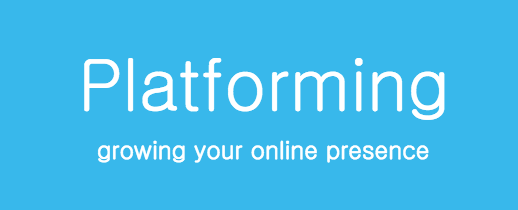
Branding That Lasts
Creating a brand that lasts can be a bit of an intimidating process. As a writer/author, you want to…
October 18, 2021
Creating a brand that lasts can be a bit of an intimidating process. As a writer/author, you want to…
October 18, 2021
Creating a brand that lasts can be a bit of an intimidating process. As a writer/author, you want to…
September 18, 2021
As you dive further into platform and branding it may be difficult to determine exactly what you want your…
August 18, 2021
There’s a reason that one day you sat down at an empty screen or in front of a blank…
July 18, 2021
At some point in your writing career you’ll probably step on a stage and be expected to speak. It…
June 18, 2021
Marketing your book can be as difficult as writing it, but equally as important. If you don’t write the…
May 18, 2021
Have you lever listened to Simon Sinek’s TEDx Talk, Start With Why? If not, I’d highly recommend you do.…
April 18, 2021
Raise your hand if you’re a writer on Twitter! Same. Twitter is a great place for building that writing…
March 18, 2021
Now more than ever, personal branding is important. Whether you’re scrolling through Instagram looking at the latest influencers’ posts,…
February 18, 2021
When it comes to building a platform, numbers fly around conversations like flies on leftovers. Some may say you…
January 18, 2021
The difference between filing your carefully edited pages on your computer and readers reading those pages, is marketing. Books…
December 18, 2020
Personal brand is a big factor for writers today. Do you have one? If so, what is it? And…
November 18, 2020
When you hear the word platform what comes to mind? A mountain between you and getting published? One more…
October 18, 2020
We all know how important Amazon when it comes to selling our books. Perhaps we don’t know just how…
February 10, 2019
In October, we discussed keywords. There are two main goals when selecting your seven keywords: 1) to find words…
January 10, 2019
Last month we talked about categories. Now we’re going to dig into the other side of the metadata equation:…
October 10, 2018
What is Metadata? Metadata is the information you give to Amazon (or other distributors) that instructs them on where…
September 10, 2018
So you’ve published a book. You just launched it or you’re about to do so. What’s next? How do…
April 10, 2018
When you tell others that you are a writer, one image appears in their mind: you crowded over a…
February 11, 2018
One of the cornerstones of your platform is your personal website or blog. Whether professionally designed or a DIY…
July 24, 2017
by Susan Stilwell @susanrstilwell Busy writers are often consumed with projects. We all have at least one WIP and if…
February 2, 2017
by Susan Stilwell @susanrstilwell Social media is a part of life and savvy writers stay on top of the…
January 2, 2017
When building a writer platform, few of us consider hiring a virtual assistant, or VA. Most of us are…
September 3, 2016
Everyone needs a break from time to time. For a writer building a platform, taking a social media break…
June 21, 2016
Smart writers invest in workshops, courses, and conferences. Smart and savvy writers will also invest time in building their…
May 16, 2016